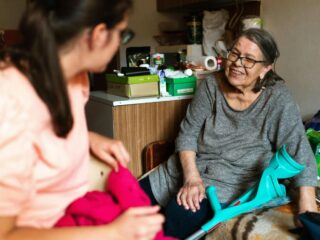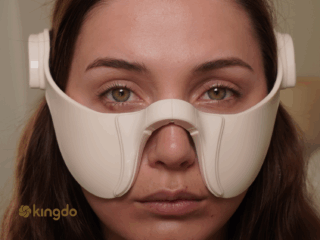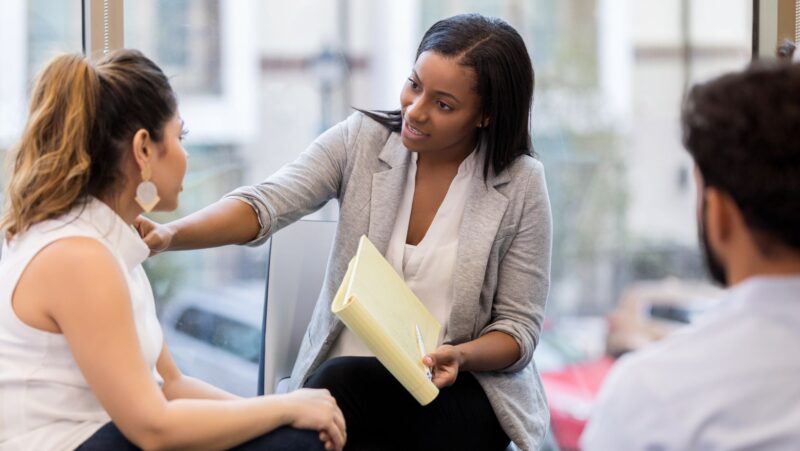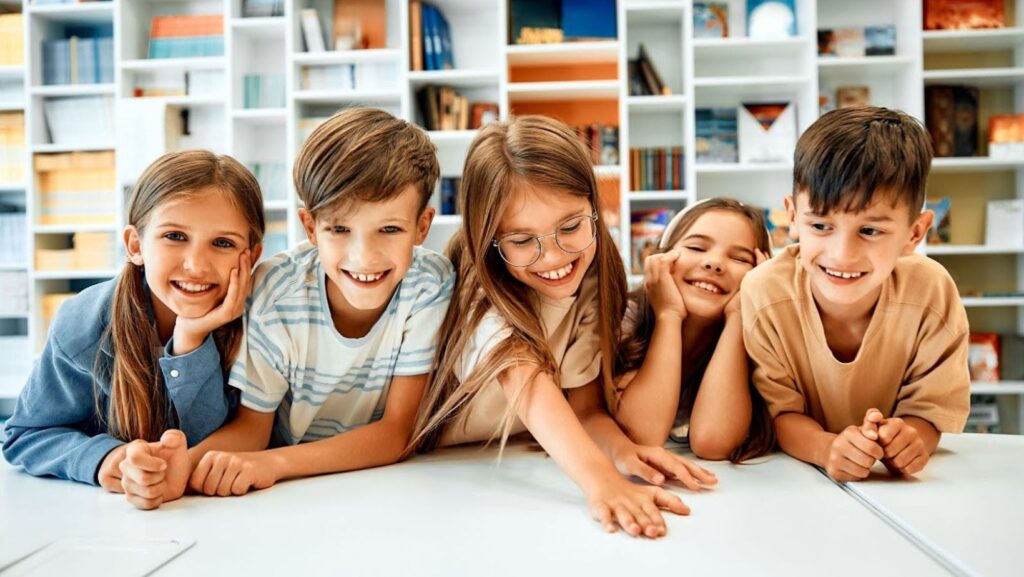
Many teachers and parents will know that no two children learn in the same way, but there are some commonalities. Using techniques like clarity psychology that have been studied and developed over time, we can better suit education to individual students to equip them with the necessary skills to take on the world.
Understanding Educational sychology
Educational psychology looks at how people learn and applies psychological principles to improve teaching. It explores cognitive, social, and emotional learning processes and the factors influencing individual differences in learning outcomes – in the classroom and beyond. Ideas from educational psychology help create new lesson plans and activities, improving student understanding and retention.
Understanding why students behave the way they do and what motivates them helps us create a positive and productive learning environment. Educational psychologists use various tools to measure student learning and performance accurately so as to adapt to specific requirements.
The applications are broad, whether you are already in the field, a new graduate, or just a curious mind; with courses like an online Ed.D. in Health Care Education, there are a variety of ways to learn and apply useful theory.
Applied Theories in Class
Educational psychologists look at how we can improve the ways people absorb and retain information:
Behavioural Learning
Emerging in the early 20th century, behaviorists look at how our environments shape behavior and learning. In practice, this theory posits that when a behavior is reinforced with certain consequences, it is more likely to happen. It’s what makes sticker charts work–your kid knows that if they brush their teeth, they get a sticker on the chart, which is a reward, so the next time you ask them to brush their teeth, they’re more likely to. Applied to education, the possibilities are broad.
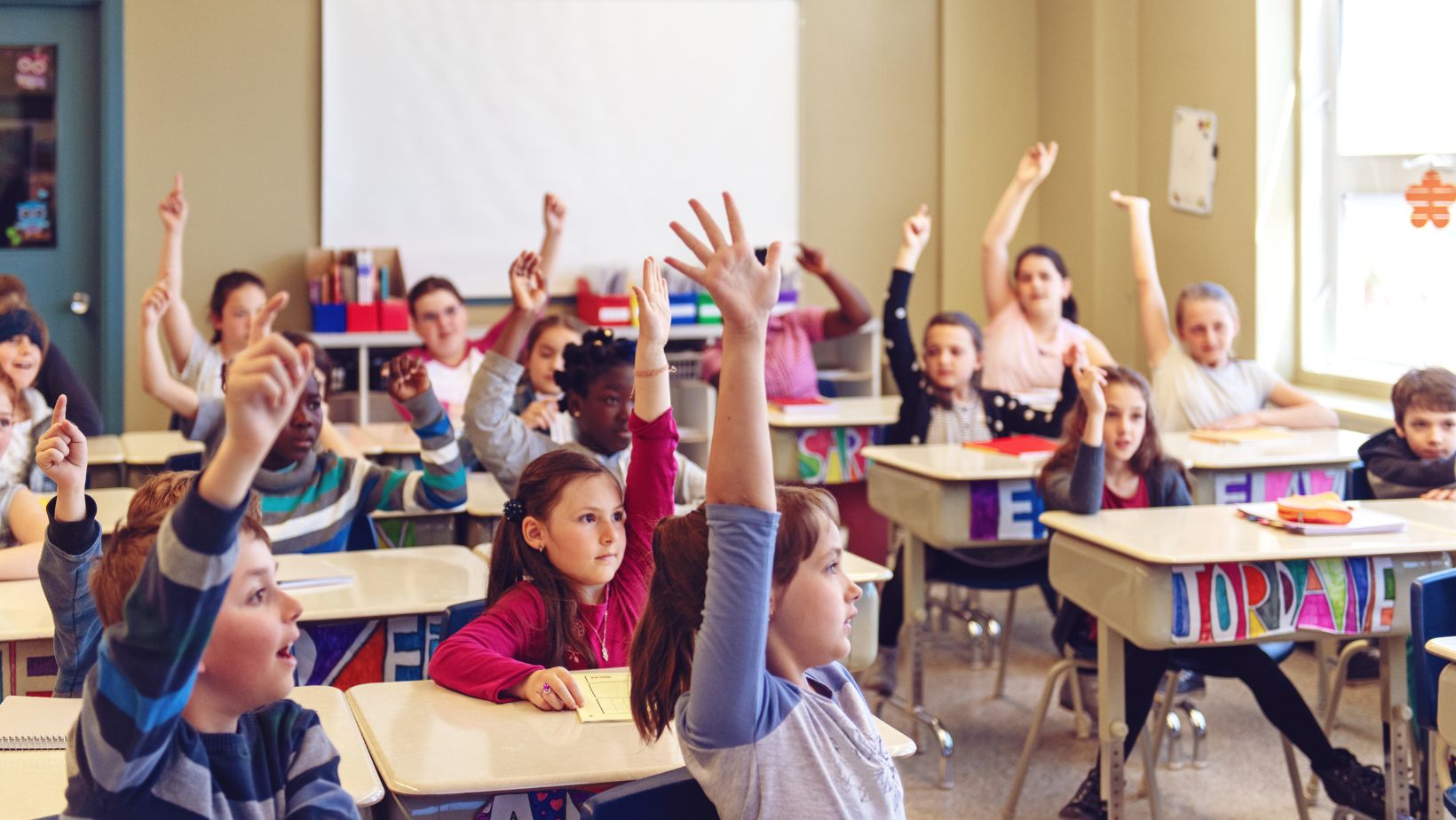
According to classical conditioning, there are 4 main ways to control behavior: negative reinforcement, positive reinforcement, negative punishment, and positive punishment. ‘Positive reinforcement’ has been a common term in parenting pamphlets for a while; however, it is often misunderstood–the ‘positive’ aspect simply means that you are adding something to the equation, that something does not have to be good. On the other hand, negative punishment is when you take something away to try and decrease the behavior, so if a child is using their phone in class, taking that phone away to decrease phone-using behavior is negative punishment.
Constructive Learning
Instead of just looking at how behaviors are shaped, cognitivism looks at how people learn and attain knowledge. Jean Piaget developed the theory of cognitive development in the early 20th century, Piaget was a child prodigy who, after university, became interested in how children acquire knowledge and understanding of the world. In essence, constructivism states that we are all active participants in building knowledge; we reflect on learning to add to or create new constructs.
In a constructivist classroom, students actively build knowledge through exploration and discovery, facilitated by teachers who provide a good learning environment and encourage constant reflection. Piaget developed four key stages of cognitive development—sensorimotor, preoperational, concrete operational, and formal operational. These stages help teachers design age-appropriate activities that match student’s cognitive abilities. To broaden existing mental constructs, teachers are encouraged to link new concepts to real-world contexts. A good grasp of Piaget’s constructivist theory helps educators to create more effective, engaging, and meaningful learning environments.
Theory Vs. Reality
Educational psychology provides a framework for understanding learning and improving teaching practices, but the real challenge lies in applying these theories in the classroom. Behavioral learning theory, for example, suggests that reinforced behaviors are likely to be repeated. This may seem straightforward in theory, but in reality, this requires careful observation and understanding of each student’s behavior and motivations in practice.
Constructivism emphasizes actively engaging with new knowledge. Practically, this means creating environments where students explore and reflect, but it can be challenging to implement in diverse classrooms. Teachers must design activities that match student’s abilities.
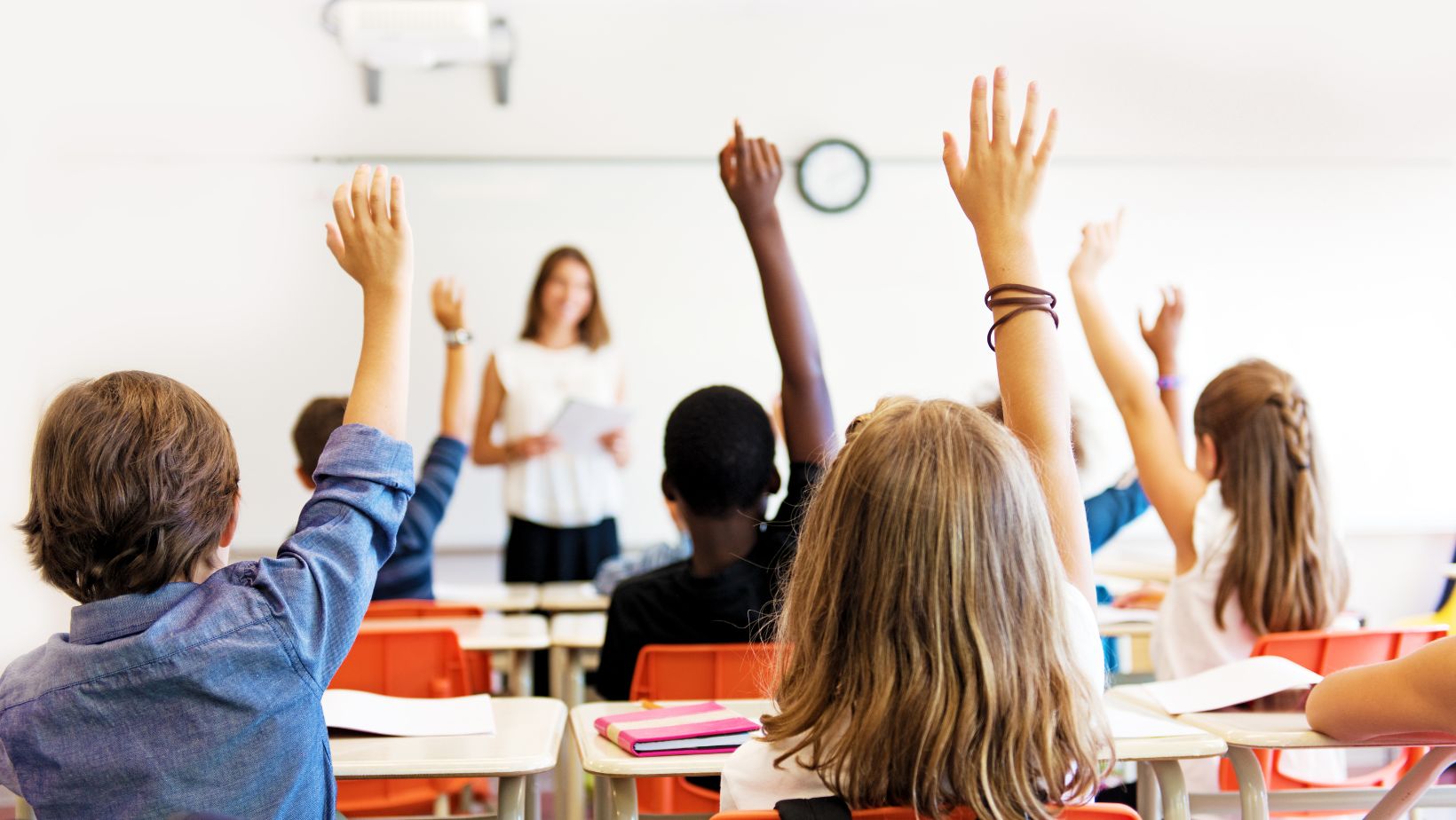
This requires a good understanding of how each student learns and what developmental stage they sit at. While educational psychology provides valuable theories, it’s the real-world application that demands continuous adaptation and improvement to keep on top.
Emerging Research
In an ever-changing world, there is a lot of research on how we learn. A recent study looked at how we form new memories, looking at how, with repetition, working memory can perform tasks without thinking. The challenge of generative AI is having a massive impact on learning; questions are being asked about when it should be encouraged, how it can be used, and in what way. One study found that learning more complex science from a younger age actually improves student’s reading abilities. Research is being done on how to best group students in a classroom. Contrary to streaming students, they found that mixing students with varying reading attitudes allows them to observe the different attitudes among their classmates and the resulting positive or negative outcomes. This awareness can help students understand the advantages of positive reading attitudes and encourage them to adopt these behaviors to enhance their learning.

